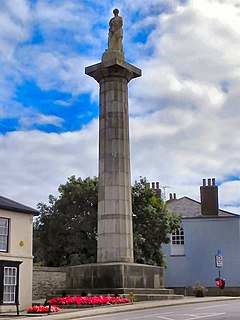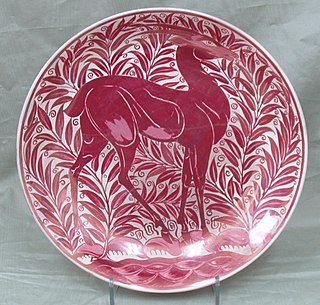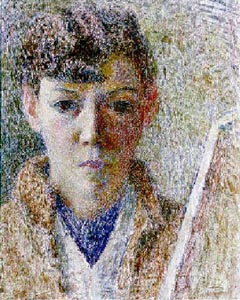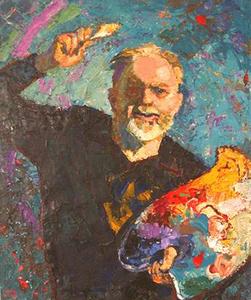 W
WThe St Ives School refers to a group of artists living and working in the Cornish town of St Ives. The term is often used to refer to the 20th century groups which sprung up after the First World War around such artists as Borlase Smart, however there was considerable artistic activity there from the late 19th Century onwards.
 W
WJohn Thomas Blight FSA was a Cornish archaeological artist born near Redruth in Cornwall, England, UK.
 W
WNevil or Neville Northey Burnard was a 19th century English sculptor best known for his portrait figures.
 W
WFrancis Bertram Cargeeg known also as Tan Dyvarow.
 W
WJonathan Ellery is an English artist and founder of British design studio Browns.
 W
WBrian Hanscomb is an artist engraver from St Breward, Cornwall.
 W
WCharles d’Orville Pilkington Jackson ARSA, FRBS, FRSA was a British sculptor prominent in Scotland in the 20th Century. Throughout his career he worked closely with the architect Sir Robert Lorimer. He is most noteworthy for his creation of one of Scotland’s iconic landmarks, which appears in much promotional material about Scotland: the statue of Robert the Bruce at Bannockburn.
 W
WJohn Pearson was a master craftsman of the Newlyn School and Guild of Handicrafts. He worked in copper and his style is described as arts and crafts / Modern Style.
 W
WJack Pender (1918–1998) was an English artist.
 W
WDod Procter, born Doris Margaret Shaw, (1890–1972) was an English artist, and the wife of the artist Ernest Procter. Her painting, Morning, was bought for the public by the Daily Mail in 1927.
 W
WCatherine St Aubyn (1760–1836) was a Cornish amateur artist.
 W
WEmily Stackhouse was a 19th-century Cornish botanical artist and plant collector. She collected and painted flowers and mosses throughout the British isles, and her work was widely reproduced in a series of popular books issued by the Society for Promoting Christian Knowledge. Many of her watercolours show that she had collected and depicted specific plants years earlier than their accredited discovery in Cornwall, and it is now acknowledged that she collected and classified nearly all of the British mosses.
 W
WFrederick Coulton Waugh was a cartoonist, painter, teacher and author, best known for his illustration work on the comic strip Dickie Dare and his book The Comics (1947), the first major study of the field.